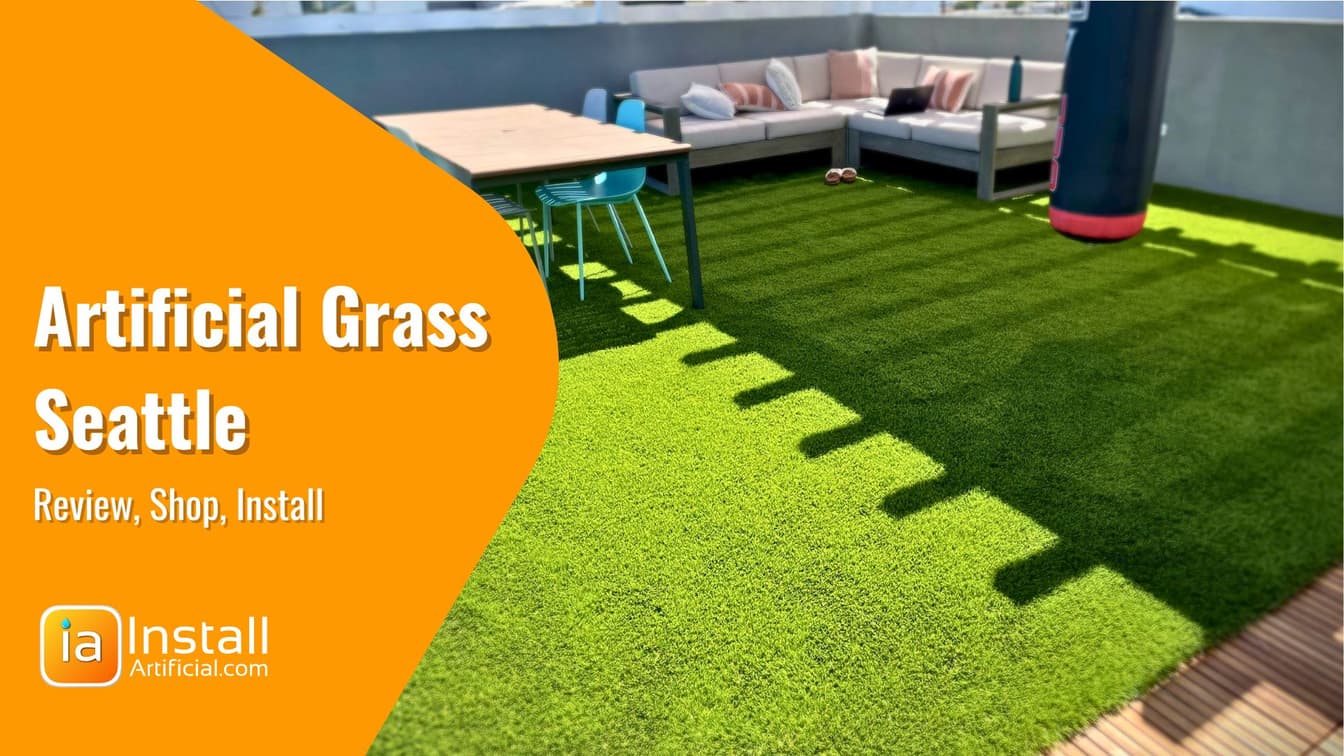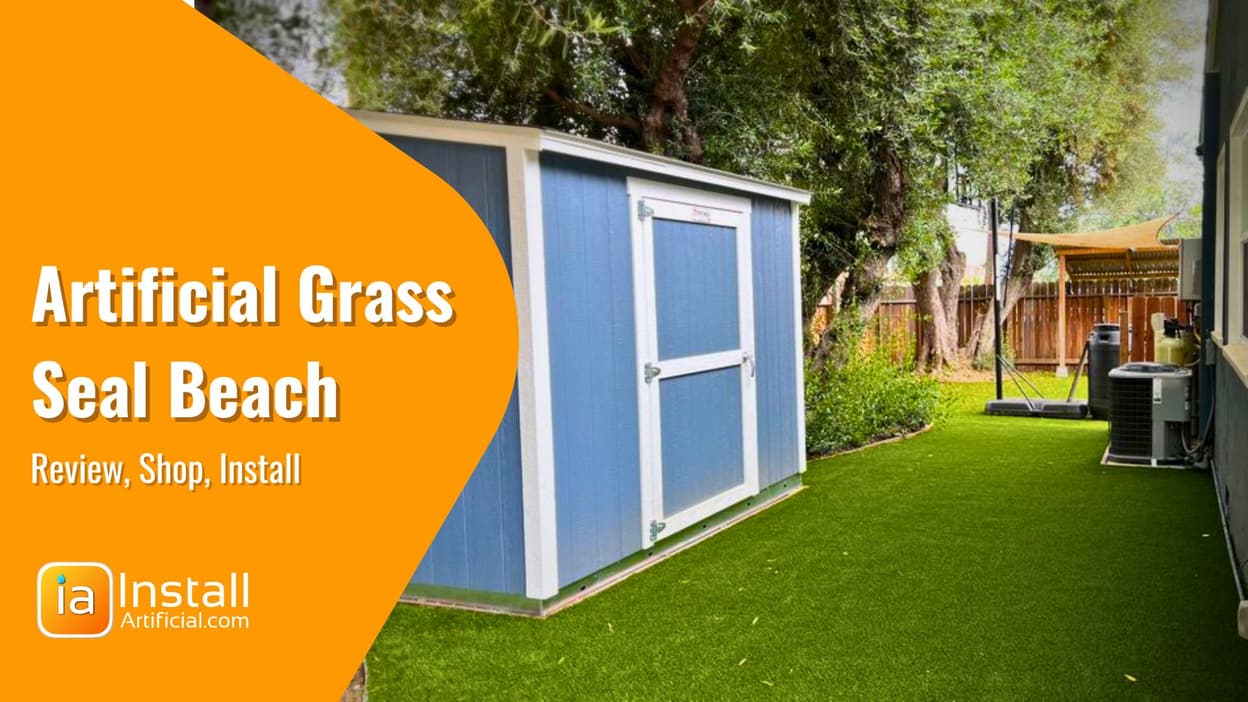
Learn how much artificial grass in Seattle costs and what factors affect pricing.
>> Receive a Custom Quote for Your Specific Project in Just a Few Clicks
Or see our...
Learn the importance of quality invisible seams when combining pieces of artificial grass. See the consequences of visible seams. Hear the different seaming methods, and discover the best practices to achieving a long-lasting lawn.
One of the most important steps when installing artificial grass is making sure that the seams are invisible after installation. Nothing will kill the aesthetic of your new lawn more than being able to see where the installers connected the rolls of turf together. This is not only an eyesore but can damage the surface of your turf over time. This also becomes a trip hazard. There are a few different methods to seaming your artificial grass upon installation:
The first and most common way is a straight seam. This method will commonly provide a visible seam. A straight seam is when the turf rolls are placed next to each other, aligning where the grasses were cut. If done correctly, the straight seams can be invisible.

These are great for making seams invisible but are easy to mess up and very hard to fix. If a mistake is made with this seam, the grass has to be discarded. S-seams aren’t used often for this reason, but we can still install this method if a client specifically requests.
This is the method we use most because it works so well. A zipper seam is similar to an S-seam in shape but has straight cuts instead of curved ones. The straight cuts work better when cutting artificial grass because the grass is inserted into the backing in straight lines. The zipper seam is easy to fix if it gets messed up, meaning there won’t be any waste if there is a mistake.
Another factor in producing invisible seams is how we secure the grass to the ground. When we seam pieces together we don't use staples because they create indents in the surface and those indents become visible over time. Staples also create a shadow effect on the blades creating a visible seam.
Instead, we use seaming paper and professional material glue. This way, the backing will be straightened at every single point and the blades will never intersect over each other creating shadows. Eliminating staples will also save on labor costs because the adhesive is much less labor-intensive to apply.
There you have it, these are the most well-known methods of seaming artificial grass. It varies with each installer but can make all the difference in regards to visibility! To ensure all of the seams in your new artificial lawn are hidden, go with InstallArtificial. To get started, request a free estimate below and we'll send you a customized presentation!

Learn how much artificial grass in Seattle costs and what factors affect pricing.
>> Receive a Custom Quote for Your Specific Project in Just a Few Clicks
Or see our...

Discover the price of installing artificial grass in Seal Beach. Explore the various factors that can impact the cost and make an informed decision.